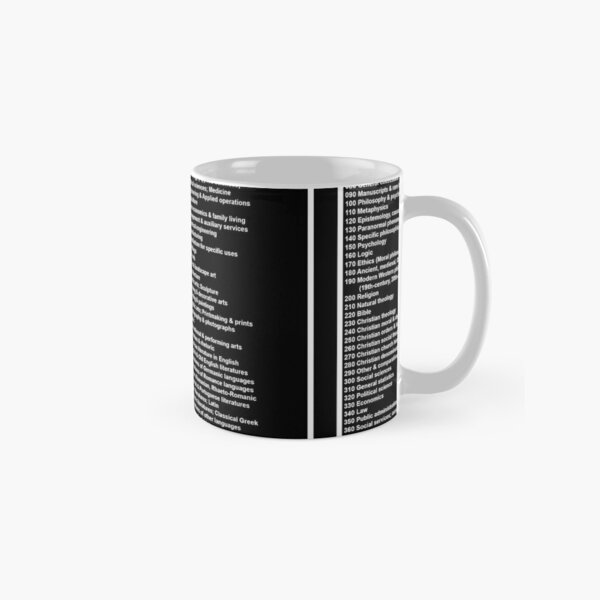Dewey decimal classification also called dewey decimal system system for organizing the contents of a library based on the division of all knowledge into 10 groups with each group assigned 100 numbers.
Dewey decimal system ceramics.
Main classes in dewey decimal system dewey decimal call numbers are organized as follows.
500 599 natural sciences and.
The dewey decimal classification ddc is structured around ten main classes covering the entire world of knowledge.
Because the ddc is easy to use you can increase the visibility of your materials quickly and efficiently.
The numbers following the decimal are subdivisions of the main class organized further by subject and author.
As a system of library classification the ddc is arranged by discipline not subject so a topic like clothing is classed based on its disciplinary.
738 ceramic arts 739 art metalwork 740 drawing decorative arts 741 drawing drawings 742 perspective 743 drawing drawings by subject.
The dewey decimal classification ddc colloquially the dewey decimal system is a proprietary library classification system first published in the united states by melvil dewey in 1876.
The 10 main groups are.
Originally described in a four page pamphlet it has been expanded to multiple volumes and revised through 23 major editions the latest printed in 2011.
The dewey decimal classification ddc system is the world s most widely used way to organize library collections.
Dewey decimal system a guide to call numbers.
The three numbers before the decimal are the main class organized by the subject of the book.
100 199 philosophy and psychology.




























